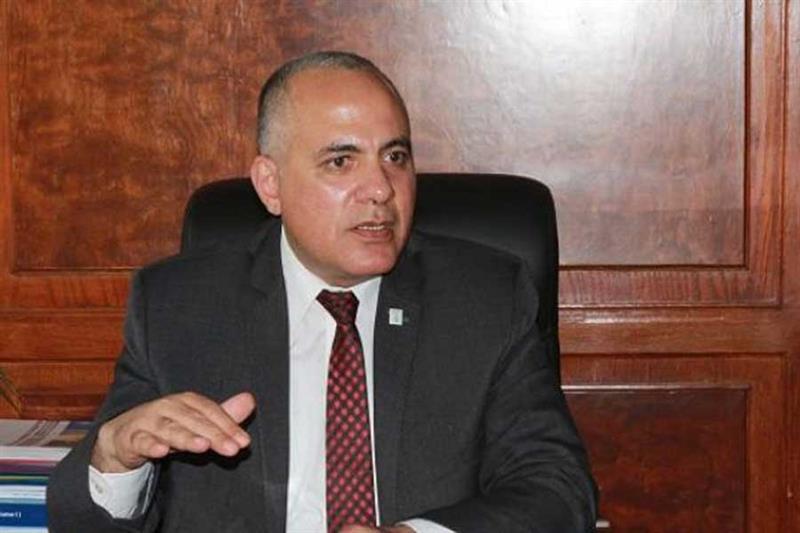Amr Kandil
Ethiopia “tells lies” about Egypt’s water and share of the Nile River’s water, Minister of Irrigation and Water Resources Mohamed Abdel-Ati said on Sunday.

“Egypt is facing negative propaganda that states that it has the lion’s share of the Nile River’s water, which is not true,” Abdel-Ati said during a meeting with the Agriculture and Irrigation Committee in the Egyptian Senate.
After the United Nations Security Council released a presidential statement in September encouraging Egypt, Sudan, and Ethiopia to return to the negotiations table, the three parties have expressed their readiness to engage in a new round of talks sponsored by the African Union to resolve the decade-long dispute regarding the Grand Ethiopian Renaissance Dam (GERD).
In recent years, Egypt and Ethiopia have traded accusations concerning each other’s sincerity and will to reach a consensus regarding the mega dam, which Ethiopia is constructing on the Blue Nile.
Egypt — which relies on the Nile for up to 90 percent of its fresh water — has repeatedly voiced concerns over the GERD’s potential impact on the country’s water security and interests. Ethiopia, however, has denied the possibility of any significant harm occurring to Egypt and Sudan as a result of filling the dam.
Ethiopia also claimed that Egypt seeks to maintain a so-called “self-claimed colonial era-based water allocation,” in reference to the 1929 and 1959 treaties on the Nile’s water shares.
The minister noted that Ethiopia, unlike Egypt, has green water and more blue water than Egypt.
Green water is the water that accumulates in soil and vegetation after rainfall; blue water, however, represents actual bodies of freshwater and groundwater.
“For example, Egypt does not have green water, while a state like Ethiopia plants 90 million feddans from rainwater,” the minister explained.
He also referred to Ethiopia’s water resources, including lakes that reserve up to 50 billion cubic metres of water as well as the Tekeze Dam.
Groundwater aquifers in Ethiopia also lie at a depth ranging from 20 to 30 metres, while aquifers in Egypt can be at a depth of around 100 metres, Abdel-Ati said.
“I am referring to Ethiopia because it tells lies about the water file in Egypt,” Abdel-Ati said, condemning the upstream country and its references to so-called “colonial treaties.”
In June, Abdel-Ati said Egypt “is one of the most water-scarce countries in the world,” adding that it needs 114 billion cubic metres (bcm) annually, but it receives an average of 60 bcm only.
In a previous statement, he explained that Egypt overcomes water scarcity by importing 54 percent of its virtual water, which is the embedded water required to produce commodities, and reusing 42 percent of renewable energy in Egypt.
Egypt has developed a four-pronged ‘National Water Resources Plan’ that will run through 2037, which is based on rationalising water usage, improving water quality, providing additional water resources, and creating a climate suitable for optimal water management.
Egypt has also drawn a strategy for its water resources until 2050 at a cost of EGP 900 billion.
Source: ahramonline


